The holes in the sand from last week’s puzzler were made by an insect called an ant lion. In this case it’s the larvae that create these holes, waiting at the bottom for some unsuspecting insect like an ant to stumble along and fall into the trap. Insects or other small invertebrates in the sand trap causes a miniature avalanche when an insect finds itself at the top of the trap. The ant lion larva is only 1/2 inch long and looks like a prehistoric creature, with a flattened, dirt-colored body and large pincers that it uses for grabbing its prey. You’ll often find many ant traps together in a sandy place, each of them the trap of one ant lion larva.
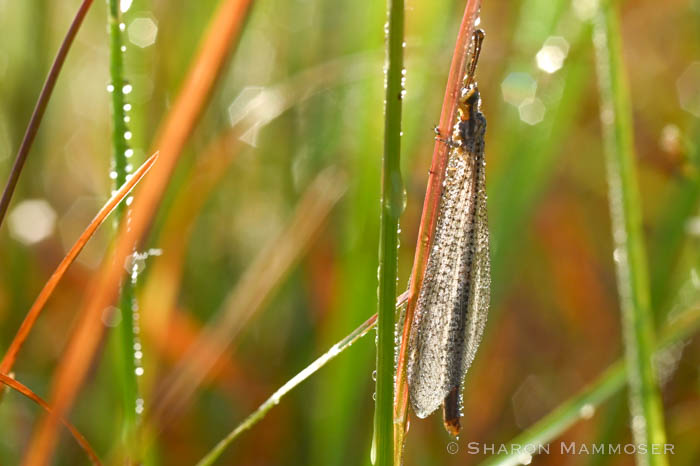
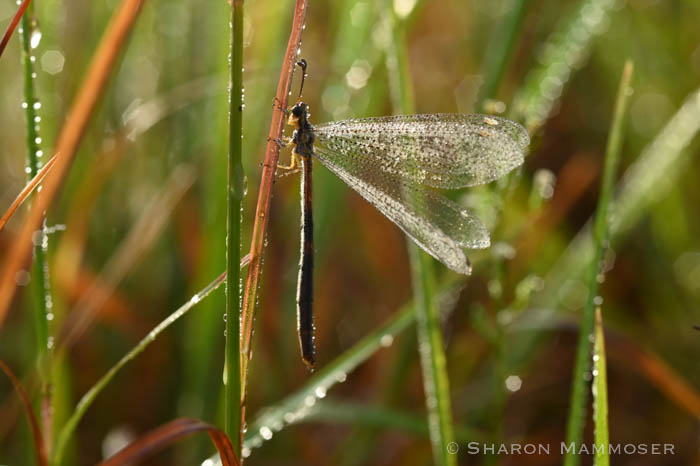
It’s pretty likely you’ve never seen either the larva ant lion, or the adult, though they are common. That’s because the larvae are so small, and usually at the bottom of the sand trap, and though the adults are larger– from 1.5-3 inches long, they are not commonly found in gardens or other areas where people frequent regularly. To find one you’d really have to be looking. The adults resemble damselflies, but unlike damselflies, have long antennae.
There are other invertebrates that make holes in the ground, including one that usually digs in sandy places. It’s an insect called a great golden digger wasp, but unlike the ant lions, these are solitary and so when you see a hole, there’s usually only one, not many. I wanted to feature this as a puzzler but realize it is way too hard!! I’ve only ever seen a digger wasp nest once and I spend a lot of time outside looking at things! But I thought I could tell you about it as it’s a pretty cool lifecycle. The hole is very different than the ant lion traps though, as you can see in the photos below.
Here are some photos:
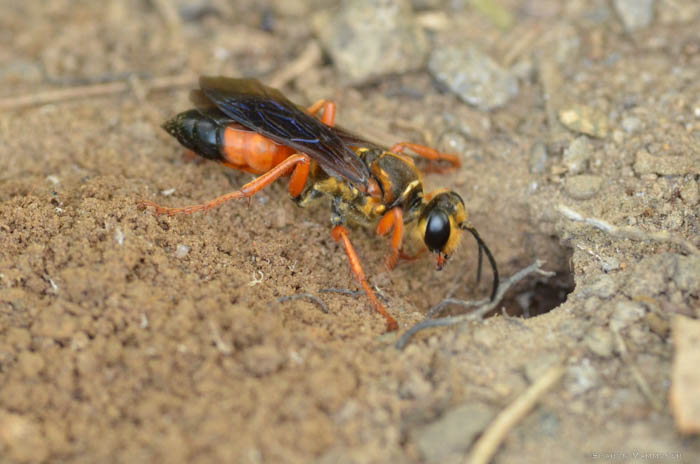
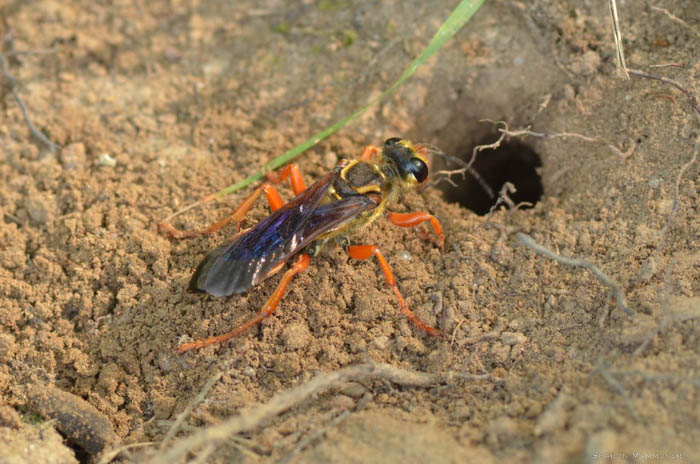
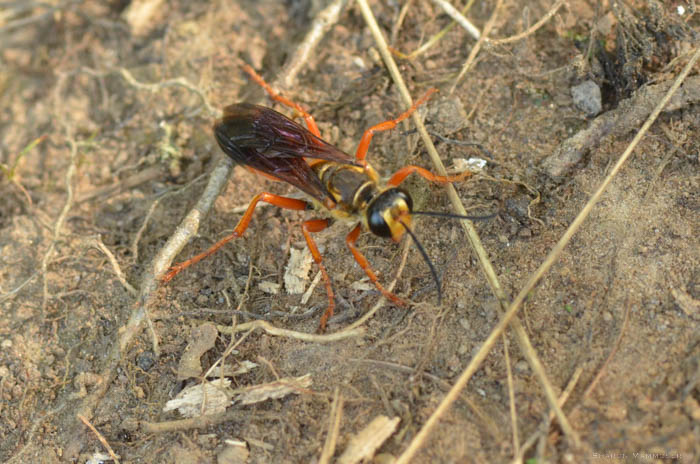
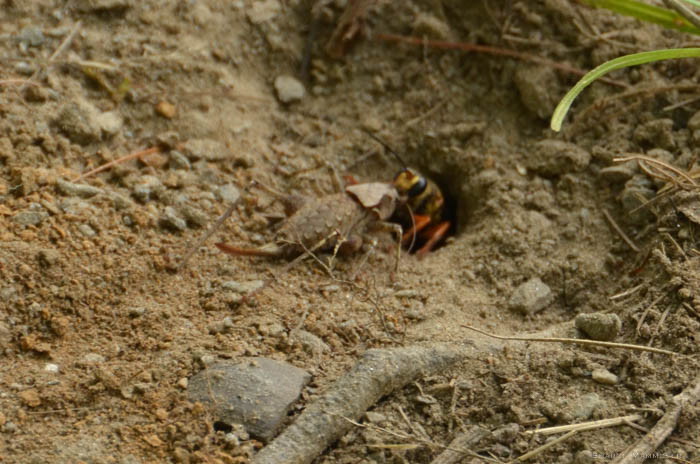
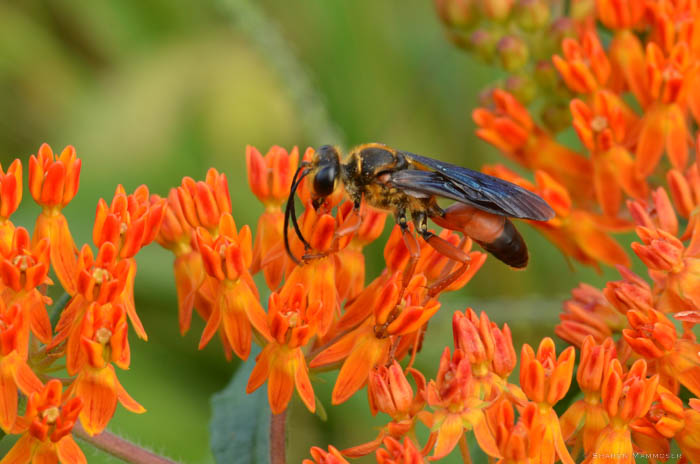
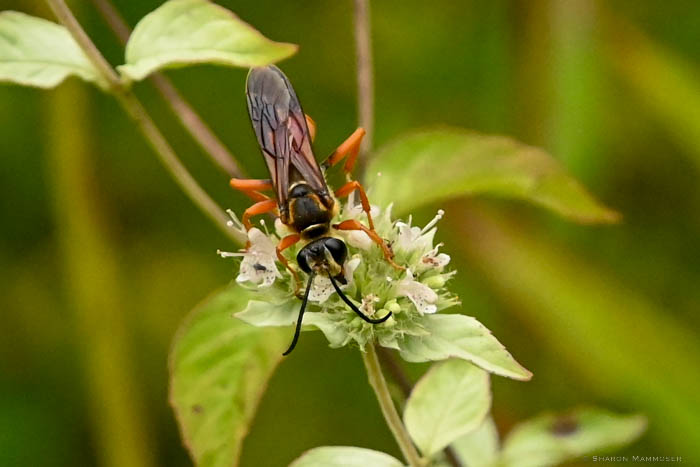
Have you ever seen this wasp? Or other holes in the ground that you wondered about? How about an adult ant lion? I would love to hear from you! Use the reply box below to share your thoughts.
Ready for another puzzler? This week’s puzzler features critters on the edge of a leaf, lined up perfectly like they’re posing for a photo.


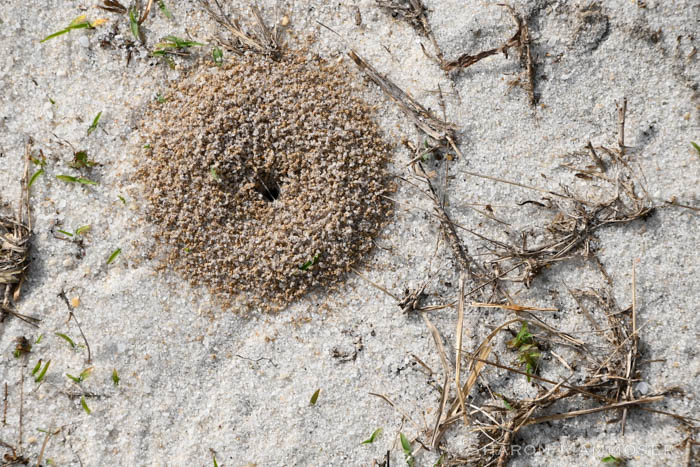
I did see the golden digger wasp at Kim’s but never an ant lion
Yes if you’re observant and looking at flowers it is easy to see the digger wasp. The ant lion though, not so much.